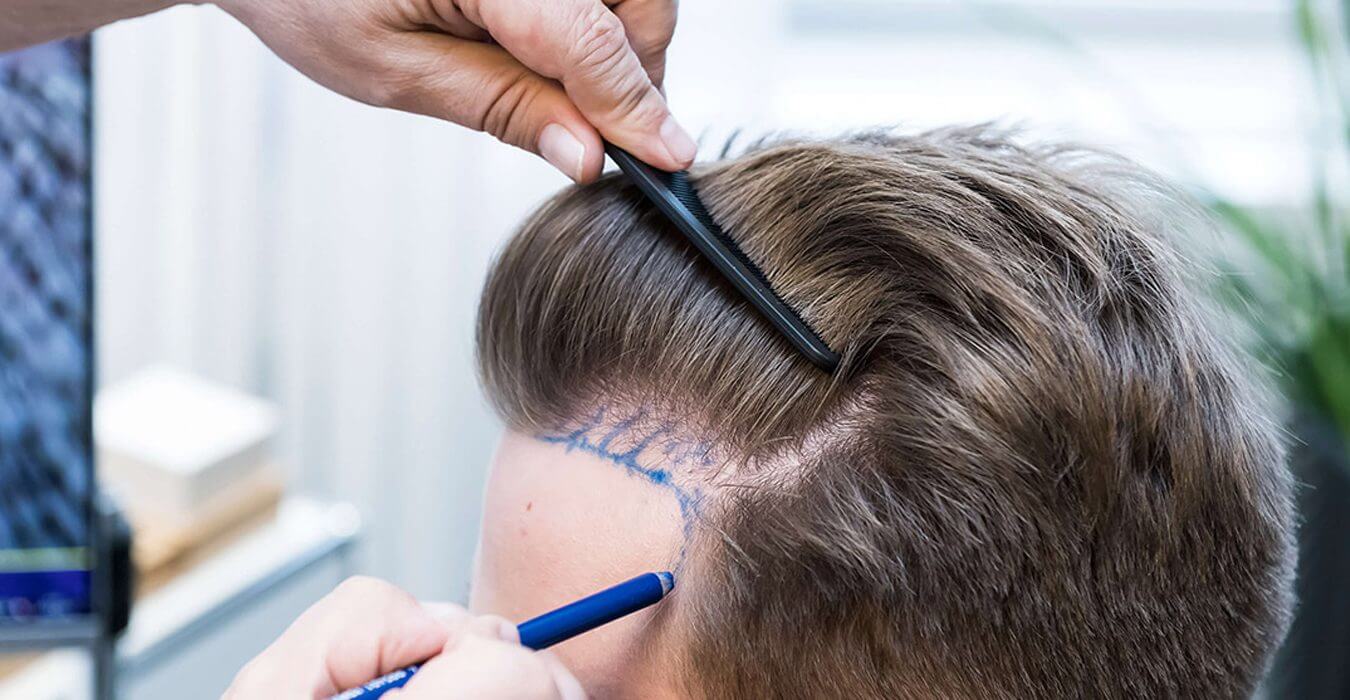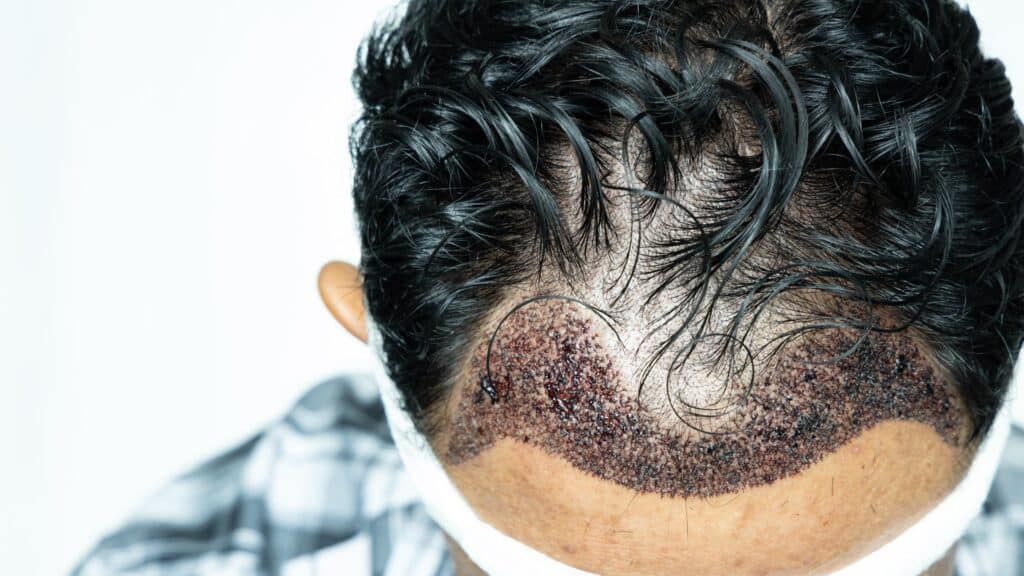Female Hair Loss Treatments
Hair loss is a common issue that affects both men and women, but for many women, it can be an especially emotional experience. Female hair loss, whether due to genetics, hormonal changes, or lifestyle factors, can impact self-esteem and confidence. While it may seem like an inevitable part of aging, there are various effective Hair Transplant in Dubai options and treatments available to help restore volume, thickness, and overall hair health. In this article, we will explore the different causes of female hair loss and the most effective treatments to address the issue, from non-surgical methods to surgical solutions.
1. Understanding Female Hair Loss
Female hair loss can manifest in different ways compared to male pattern baldness. While men typically experience a receding hairline or balding at the crown, women usually notice diffuse thinning across the entire scalp. The most common causes of female hair loss include:
- Genetics (Female Pattern Baldness): Hereditary hair thinning, also known as androgenetic alopecia, is a major cause of hair loss in women. It often begins around menopause and gradually progresses over time.
- Hormonal Imbalances: Hormonal changes due to pregnancy, childbirth, or menopause can contribute to temporary or permanent hair thinning. Conditions like polycystic ovary syndrome (PCOS) can also lead to hormonal imbalances that affect hair health.
- Stress: Physical or emotional stress can trigger hair shedding. This type of hair loss, known as telogen effluvium, typically occurs several months after a stressful event.
- Nutritional Deficiencies: Poor diet, lack of essential vitamins, or mineral deficiencies can weaken hair follicles and cause hair thinning.
- Health Conditions: Thyroid disorders, autoimmune diseases, and scalp conditions like dandruff or psoriasis can all contribute to hair loss.
Once the underlying cause of hair loss is identified, it becomes easier to choose the appropriate treatment plan.
2. Non-Surgical Treatments for Female Hair Loss
There are several non-surgical treatments for female hair loss that can help slow down the process, promote hair regrowth, and improve the overall health of your hair.
Minoxidil (Rogaine)
Minoxidil is the most widely used topical treatment for hair loss and is FDA-approved for both men and women. Available over the counter, minoxidil works by stimulating hair follicles, increasing blood flow to the scalp, and promoting hair regrowth. It is most effective when applied consistently and early in the hair loss process. Women typically use a 2% or 5% minoxidil solution, which is massaged into the scalp twice daily.
Though minoxidil is generally well-tolerated, results can vary from person to person. Some users experience significant hair regrowth, while others may see only minor improvements. However, continued use is necessary to maintain results.
Platelet-Rich Plasma (PRP) Therapy
PRP therapy is a non-invasive treatment that has gained popularity for its ability to stimulate hair growth. The procedure involves drawing a small amount of your blood, processing it to concentrate the platelets, and then injecting the PRP into the scalp. The growth factors present in PRP stimulate dormant hair follicles and encourage new hair growth.
PRP therapy is a natural and safe option that has been shown to improve hair density and thickness in many women. It can be used alone or in combination with other treatments, such as minoxidil or hair transplants, for more significant results.
Low-Level Laser Therapy (LLLT)
Low-level laser therapy (LLLT) is a non-invasive treatment that uses red light to stimulate hair follicles and promote hair growth. This therapy works by improving cellular function and increasing blood circulation to the scalp. Laser combs, helmets, and in-office devices are available for home or professional use.
LLLT is safe and painless, with minimal side effects. It can be an effective option for women experiencing mild to moderate hair thinning. Results typically take several months to become noticeable, and consistent use is key for optimal results.
Nutritional Supplements
Hair health is closely linked to your diet. Nutritional deficiencies, particularly in vitamins and minerals like biotin, zinc, and vitamin D, can contribute to hair loss. Many women find that adding supplements to their routine can support hair regrowth and overall health.
Supplements designed specifically for hair growth often contain biotin, keratin, and collagen, which are known to strengthen hair strands and support follicle health. However, it's important to consult a healthcare provider before starting any supplement regimen, as excessive intake of certain vitamins can have adverse effects.
3. Surgical Treatment: Hair Transplants for Women
While non-surgical treatments can help manage and slow down hair loss, some women may require a more permanent solution. A hair transplant in Dubai is an effective way to restore a natural-looking hairline and address areas of thinning or baldness.
Follicular Unit Extraction (FUE)
FUE is a minimally invasive hair transplant technique where individual hair follicles are extracted from the donor area (usually the back of the head) and implanted into thinning areas. This method is known for its natural-looking results and minimal scarring. FUE is ideal for women with localized areas of thinning or a receding hairline. Recovery time is relatively short, and the procedure is associated with minimal discomfort.
Follicular Unit Transplantation (FUT)
FUT involves removing a strip of skin from the donor area, which is then dissected into individual follicular units and transplanted into the thinning areas. Although FUT may leave a linear scar, it is often used for women with more extensive hair loss. The technique allows for the transplantation of a larger number of follicles in one session, making it ideal for individuals with advanced thinning.
Hair Transplant Dubai offer long-lasting, natural results, and the transplanted hair grows just like your natural hair. The procedure has minimal risks, but it's important to consult with an expert to determine if you are a suitable candidate.
4. Scalp Micropigmentation (SMP)
Scalp micropigmentation (SMP) is a non-surgical cosmetic procedure that involves tattooing tiny dots on the scalp to mimic the appearance of hair follicles. SMP creates the illusion of thicker, fuller hair by giving the scalp a more uniform appearance. It can be used to conceal thinning areas or create the appearance of a shaved head.
While SMP does not promote hair growth, it is an effective option for women who want to achieve the look of a fuller scalp without undergoing surgery.
5. Lifestyle Changes: Supporting Healthy Hair
In addition to professional treatments, adopting a healthy lifestyle can significantly impact your hair's health. Regular exercise, a balanced diet, and proper hair care can all help minimize hair thinning and improve the quality of your hair.
Consider incorporating foods rich in omega-3 fatty acids, proteins, and vitamins to nourish your hair from within. Additionally, avoid excessive heat styling, chemical treatments, and tight hairstyles, as they can damage your hair and exacerbate hair loss.
Conclusion: Finding the Right Treatment for Female Hair Loss
Female hair loss can be a distressing condition, but there are a variety of treatments available to help restore hair health and confidence. From non-surgical solutions like minoxidil and PRP therapy to more permanent options such as hair transplant in Dubai, the key is finding the treatment that works best for your individual needs.



.jpg)
.jpg)
Comments
Post a Comment